Metropolitan or Tier-1 city is a major urban centre and has a number of characteristics, such as a population of more than 1 million, well-developed infrastructure, high economic development and a rich cultural scene. People from smaller towns and cities and rural areas migrate to metropolitan cities in droves in search of better employment opportunities and a higher quality of life. Metropolitan cities not only have their core centres but also expand to include multiple neighbouring townships and municipalities. India is the most populous country in the world and has witnessed rapid urbanisation in the recent years. It has multiple metropolitan cities which contribute greatly to the GDP and attract migrants from all over India. Let’s have a look at the top 10 metropolitan cities in India for the year 2025.
1 Mumbai
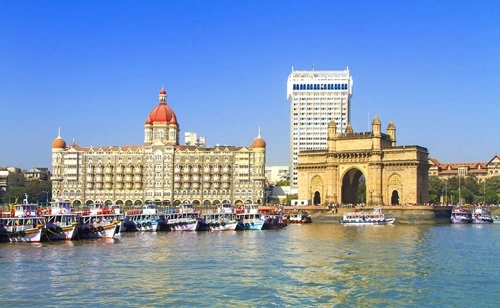
Mumbai is the capital of the western state of Maharashtra and is also known as the financial capital of India. It is a bustling metropolis with a population of over 20.3 million. The city accounts for 6.16% of the national GDP, 70% of capital transactions to the Indian economy, 25% of industrial output of India and 70% of the national maritime trade.
The municipal corporation of Mumbai called the Bombay Municipal Corporation or BMC is the richest municipal body in Asia. Mumbai houses the Bombay Stock Exchange and headquarters of many banks, financial institutions and global companies. The city is also home to the Hindi film industry or Bollywood.
2. Delhi
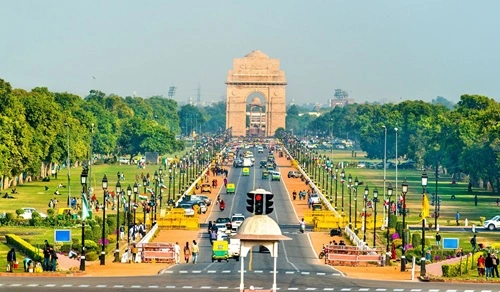
Delhi, the national capital of India, has a population of over 30.3 million and contributes 4.94% to the national GDP. The city houses the Parliament of India, Rashtrapati Bhawan, Supreme Court, embassies of various countries and a multitude of institutions of national importance. Delhi is also a major educational hub for higher studies due to the presence of many renowned institutions, including Delhi University, IIT Delhi, JNU, IIMC and more.
Delhi is a major tourist destination with a number of historical and cultural sites, such as India Gate, Red Fort, War Memorial, Akshardham Temple, Humayun’s tomb and many more dotting the city.
3. Bangalore
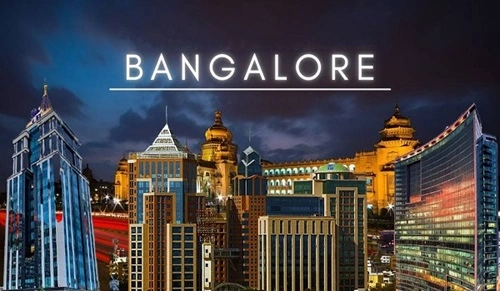
Bangalore is the capital of the southern state of Karnataka. Dubbed as the Silicon Valley of India, Bangalore is a major IT and technology hub due to the presence of various multinational technology companies in the city. The city has a GDP of USD 300 billion with per-capita GDP being more than the national average. Population of the city is around 14 million with a large migrant population.
Bangalore is known for its comfortable weather all the year round due to its high elevation of 920m above sea level. The city has a bustling nightlife with the highest number of pubs in Asia.
4. Kolkata
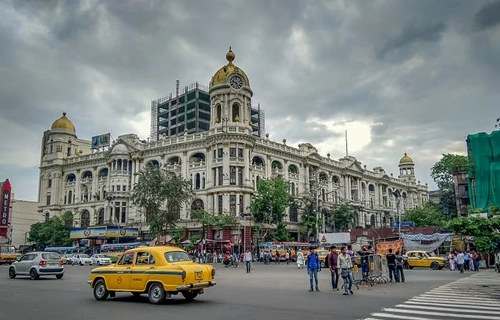
Kolkata, the capital city of the state of West Bengal, has a population of over 15 million and a GDP of USD 220 billion. It is a major financial centre for the East and North East India, and also a major port city of India. The city is home to some of the oldest companies in India, including public sector enterprises.
Kolkata is also a hotspot of culture and is well known for festivals like Durga Puja and iconic landmarks like Victoria Memorial, Howrah Bridge, Dakshineshwar Temple, Fort Williams and more.
5. Hyderabad

Hyderabad, the capital city of the state of Telangana, has a population of around 1.1 million with a GDP of USD 190 billion. The city is home to a large number of technology companies, which is why it has been dubbed Cyberabad. Hyderabad has more than 20 lakes which are visited by tourists all the year. The largest film studio in the world, Ramoji Film Studio, is located in Hyderabad.
Hyderabad is known for its iconic landmarks like Bhagya Lakshmi Temple, Charminar and Monolithic Statue of Buddha.
6. Chennai
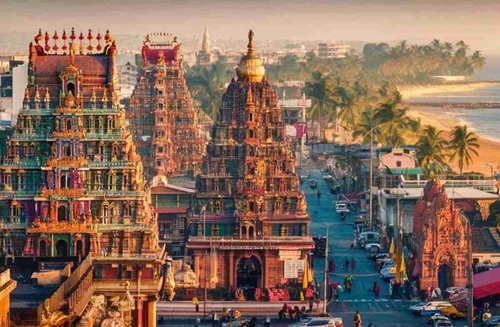
Chennai, the capital city of the state of Tamil Nadu, has a long history stretching back to over 400 years. The city has a population of around 6.5 million and generates a GDP output of USD 143.9 billion. Major industries fuelling the economy of Chennai are IT, medical tourism, automotive, hardware manufacturing and financial services.
Chennai has the biggest port in the Bay of Bengal region. The city is also famous for its cuisine, temples and beaches.
7. Ahmedabad
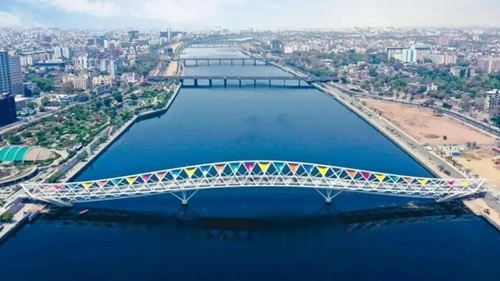
Ahmedabad is the twin city of Gandhinagar, the capital of Gujarat, and is dubbed the Manchester of the East. The city has a GDP of USD 136.1 billion and a population of around 8.8 million. Ahmedabad is a textile hub but also hosts many other industries like chemical, pharmaceuticals, automotive and IT.
Ahmedabad has a number of tourist attractions, such as Sabarmati Riverfront, old temples, traditional bazaars and more.
8. Pune
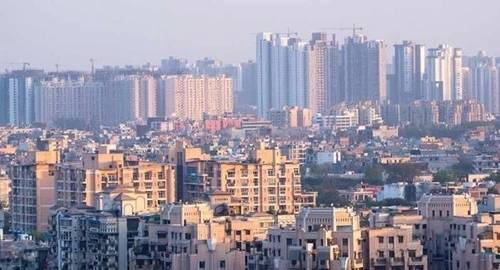
Pune is the second largest city in Maharashtra with a population of around 4.4 million and a GDP of USD 69 billion. It is a major educational destination due to the presence many colleges and universities. The city is also home to IT companies, automobile companies, BPOs and multinational corporations.
Pune is also known for the tri-services National Defence Academy which is just 15 kilometres from the city.
9. Surat
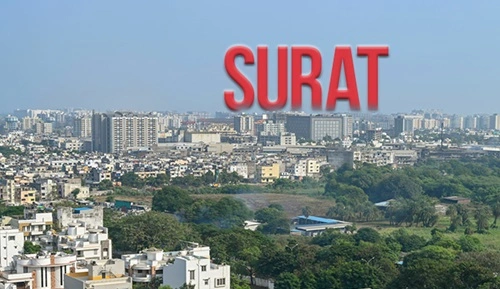
Surat is a major commercial and industrial centre in the state of Gujarat. It has a population of around 6.6 million and a GDP of just under USD 60 billion. The city is famous all over the world for its diamond cutting and polishing industry. However, Surat is also a major textile hub and hosts many other industries like petrochemicals, manufacturing and IT.
10. Jaipur

Jaipur, the capital city of the state of Rajasthan, has a GDP of USD 24 billion and home to around 4.3 million people. The city gets a record number of tourists every year who are drawn to the historical palaces, forts and other iconic locations. Apart from tourism, trade and commerce and local handicrafts are the main economic strengths of the city.
Conclusion
India is the fastest growing economy in the world and has a vast potential to develop many more metropolitan cities in the coming years. Metropolitan cities foster development and contribute immensely to national progress across multiple spheres like economic, cultural and social.